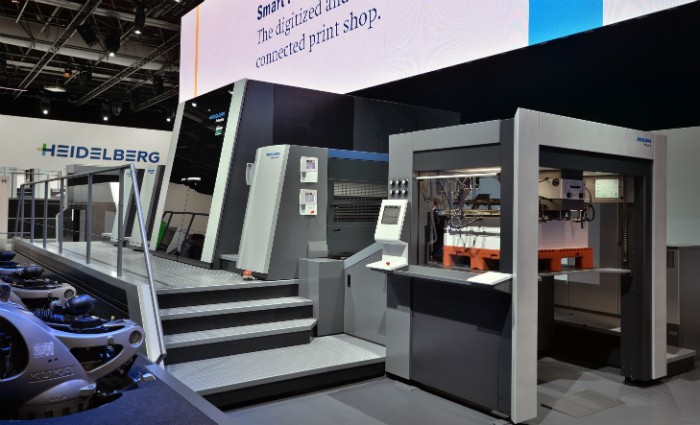Heidelberg says it has made significant progress with the its targeted digital transformation.
Rainer Hundsdörfer, chief executive officer at Heidelberg, says, “Heidelberg made excellent progress with its digital transformation in 2017/2018. Both our new subscription model and the new digital presses are in high demand. Given that this will be reflected in the company’s sales and result to an ever greater extent in the years ahead following the current start-up phase, our medium-term targets will be increasingly within our grasp,”
A number of Heidelberg customers have opted for the new subscription model that offers Heidelberg products and services under a usage-based all-in contract running over several years. The company says a total of more than 30 contracts targeted for the new financial year will generate a business volume of some €150m ($255m) over the term of the standard five-year models.
Heidelberg believes In addition, the series production of digital presses for packaging and label printing, the Primefire and Labelfire, will have an increasingly positive impact on sales so it sees itself on course to meet its medium-term targets, which include an increase in Group sales to around €3bn ($5.1bn), an operating result (EBITDA) of €250 to 300m, and a net profit after taxes of over €100m.
Based on provisional figures that have yet to be audited, Heidelberg has achieved the targets it set itself with Group sales of €2,42m. It says the shortfall compared with the previous year’s figure of €2,524m comes mainly as a result of negative currency effects and the deliberate avoidance of trading activities in low-margin remarketed equipment amounting in total to over €100m. Despite the negative currency effects in the period under review, incoming orders sat at a very encouraging level for a post-drupa year at €2,588m (previous year: €2,593m). The demand in the final quarter of the year rose on the figure for the same quarter of the previous year , among other things due to the full order volume of subscription contracts being taken into account. This contributed to a significant increase in the order backlog at the end of the financial year.
The EBITDA margin of 7.1 per cent came within the expected range. Lower interest costs resulted in a further significant improvement in the financial result.
As expected, free cash flow was slightly negative at €-8m due to acquisitions and investments associated with the construction of the new innovation center in Wiesloch. The net financial debt fell to €236m in the reporting period.
Dirk Kaliebe, chief financial officer at Heidelberg, says, “Our growth initiatives are accompanied by a new financing framework that also enables us to further accelerate the digital transformation through targeted acquisitions.”


